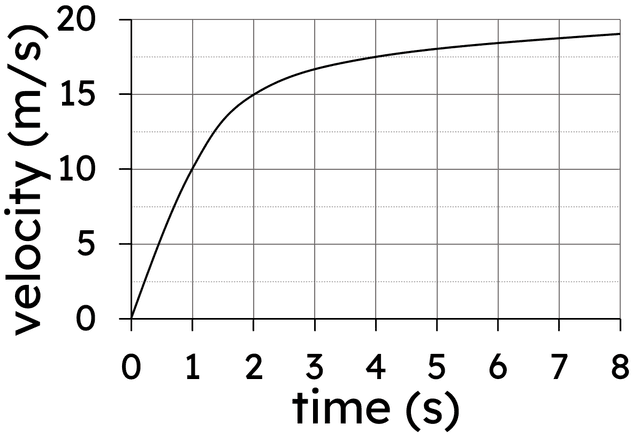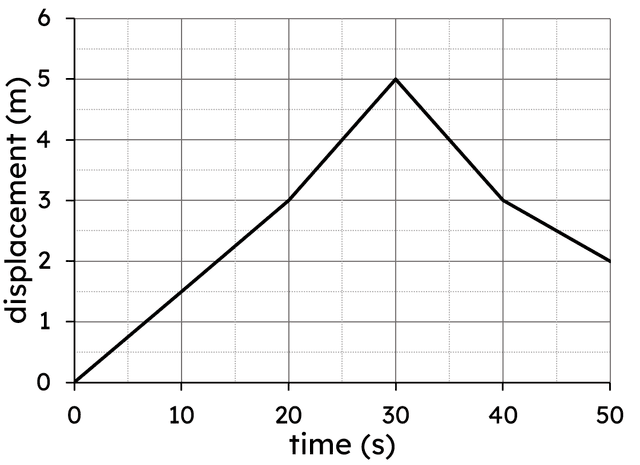

Calculating from velocity-time graphs (a=(v-u)/t)
I can read information from velocity-time graphs and calculate acceleration.


Calculating from velocity-time graphs (a=(v-u)/t)
I can read information from velocity-time graphs and calculate acceleration.
These resources will be removed by end of Summer Term 2025.
Lesson details
Key learning points
- A velocity-time graph shows how velocity changes with time.
- Acceleration is equal to the gradient of a velocity-time graph.
- A falling line shows decreasing velocity called deceleration, which is a negative acceleration.
Keywords
Displacement-time graph - A displacement-time graph shows the displacement of an object over a period of time.
Velocity-time graph - A velocity-time graph shows the velocity of an object over a period of time.
Acceleration - The acceleration of an object is the rate of change of velocity. This is how much the velocity changes per second.
Deceleration - Deceleration is used to describe a change in velocity where the object slows down.
Common misconception
Pupils often consider time in the acceleration equation to be moment in time (perhaps read from a graph) rather than a change in time.
Label the value of t in the acceleration as a change of time rather than just time.
To help you plan your year 10 combined science lesson on: Calculating from velocity-time graphs (a=(v-u)/t), download all teaching resources for free and adapt to suit your pupils' needs...
To help you plan your year 10 combined science lesson on: Calculating from velocity-time graphs (a=(v-u)/t), download all teaching resources for free and adapt to suit your pupils' needs.
The starter quiz will activate and check your pupils' prior knowledge, with versions available both with and without answers in PDF format.
We use learning cycles to break down learning into key concepts or ideas linked to the learning outcome. Each learning cycle features explanations with checks for understanding and practice tasks with feedback. All of this is found in our slide decks, ready for you to download and edit. The practice tasks are also available as printable worksheets and some lessons have additional materials with extra material you might need for teaching the lesson.
The assessment exit quiz will test your pupils' understanding of the key learning points.
Our video is a tool for planning, showing how other teachers might teach the lesson, offering helpful tips, modelled explanations and inspiration for your own delivery in the classroom. Plus, you can set it as homework or revision for pupils and keep their learning on track by sharing an online pupil version of this lesson.
Explore more key stage 4 combined science lessons from the Measuring and calculating motion unit, dive into the full secondary combined science curriculum, or learn more about lesson planning.

Licence
Starter quiz
6 Questions
Exit quiz
6 Questions
displacement–time graph -
this shows the displacement of an object over a period of time
velocity-time graph -
this shows the velocity of an object over a period of time
acceleration -
the rate of change of velocity
deceleration -
used to describe an object which is slowing down





